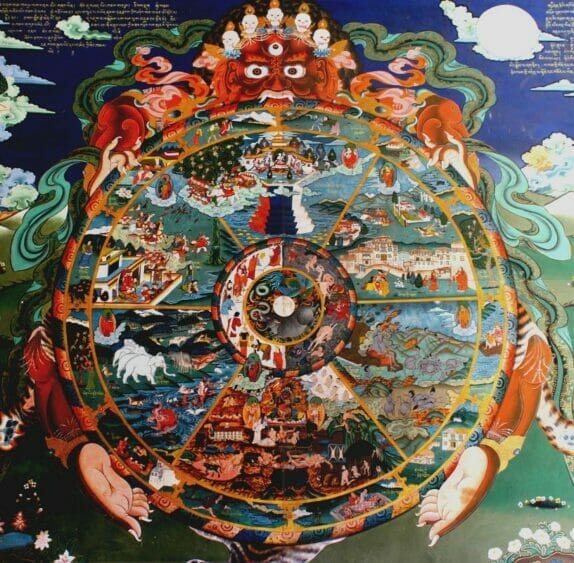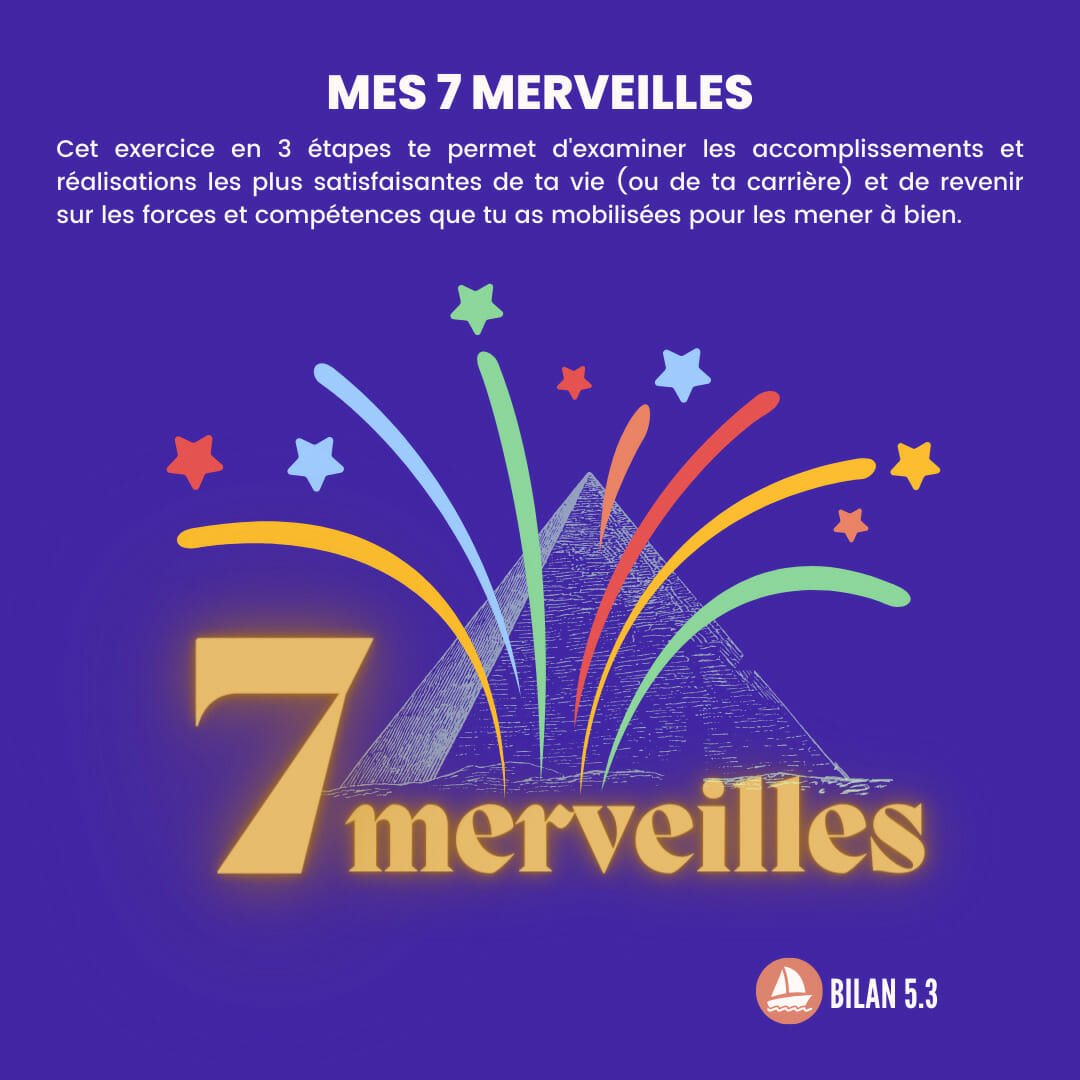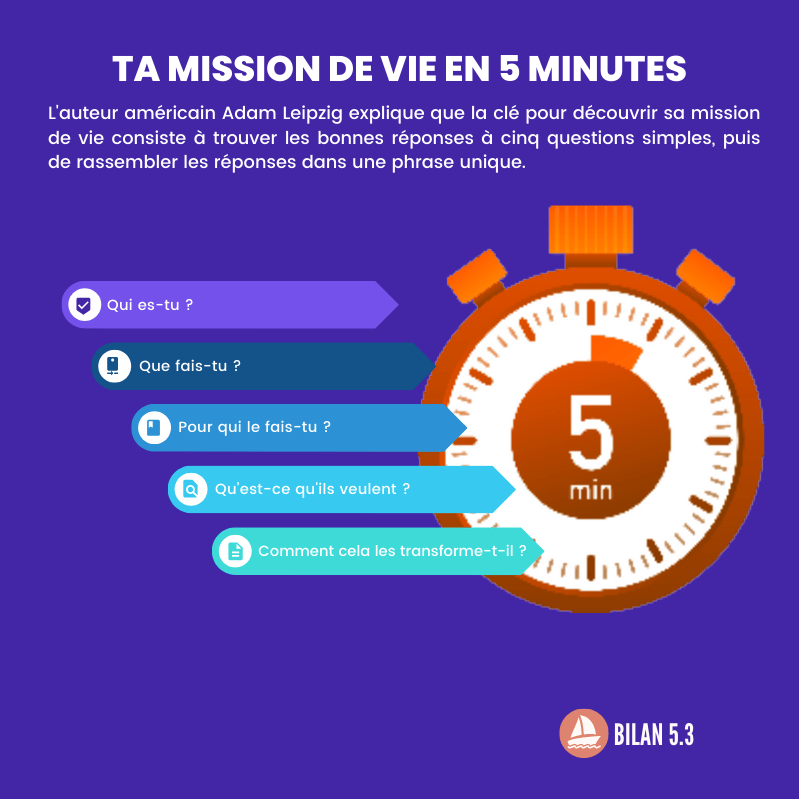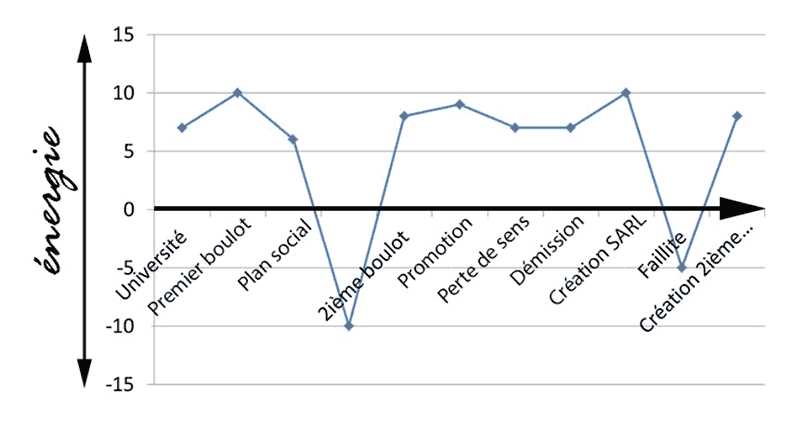When all your energy is focused on a particular project or problem, you quickly end up neglecting certain key areas of your life, simply due to lack of attention. To correct things, there is a simple and practical tool that offers you a 360° view of your current situation, in all areas of existence. It’s called the Wheel of Life and can we explain how it works?
The Wheel of Life is a self-reflection tool, widely used by personal development coaches, to assess how the different areas of your life balance. The general idea is to achieve a satisfactory balance between career and private life. This awesome tool is inspired by a Buddhist mandala, the Bhavachakra, which represents the vision of the universe.
What is the wheel of life?
Commonly used by life coaches professionalsthe wheel of life helps you take a step back from your quality of life. This tool is based on the idea that there are eight main areas in your life and they all interact with each other. The wheel of life allows you to understand at a glance what is going well for you and what could be improved.
The goal of this tool is to help you create a balance between these eight areas. This can be difficult, because most people focus on one, two or three areas at a time every day without paying attention to the others!
Life is a painting, and you are the artist. You have on your palette all the colors of the spectrum, the same ones used by Michelangelo and Leonardo da Vinci.
Paul J. Meyer
Imagine a wheel with eight spokes. Each ray represents a particular aspect of your life: family, health, career… The goal is to balance all of these areas to live a life that is both satisfying and balanced. It’s about leaving nothing behind to feel as fulfilled as possible at all levels. This is not not the secret of happinessbut a practical and concrete way to gain height.
Wheel of life or wheel of values?
The Wheel of Life is inspired by a Buddhist mandala, that is to say an image (usually a work of art) that is used as a support for meditation. This mandala is called Bhavachakra, it represents the vision of the universe. It focuses on six components, called the “ happiness factors » in life.
The modern concept The Wheel of Life) is assigned Paul J. Meyer (1928-2009), one of the American pioneers of personal development and business coaching in the 1960s. He created numerous programs to help executives achieve their goals, manage their time and lead teams.

If, originally, the wheel of life had 6 sectors, the modern version of the tool has integrated two additional dimensions, the physical environment on the one hand, and finances on the other, to make it count eight. Today. This allows a more global vision of your needs to achieve balance and satisfaction in all aspects of your life.
What are the eight areas of life?
Here are the eight areas of your existence to balance according to the wheel of life model:
Health and well-being
This area includes your physical, mental and emotional health. It also includes your energy levels and, more generally, how you feel most of the time: do you feel good about yourself?
Your physical environment
This sector includes your home, your car and your office. These are the places where you spend most of your time, where you feel comfortable and safe. For example, you can have a nice house, but if it is too far from your workplace or if it is too small for your family, it will not give you full satisfaction.
Love and married life
Do your romantic situation and your life, if you are in a relationship, satisfy you? Do you share major projects together? Do you feel sexually fulfilled with your partner?
Family, friends & social relations
This area includes all your relationships in the broad sense (non-romantic), starting with the members of your family (children, parents, brothers and sisters, etc.), your friends and those around you in the broad sense (your neighbors and colleagues for example) .

Career and work
This includes your career or business, as well as any other job or volunteer position that brings you satisfaction and fulfillment. You can also include short-term goals here, like a new project you’re starting or something new you’re learning for work.
Money and finances
It’s about knowing how much money you earn and how stable your income is over time. This also includes saving for retirement and other financial goals such as your investments, paying off your credits and debts or buying a car or a house.
Your hobbies
What are your passions and hobbies in life? Do you regularly enjoy hobbies outside of work? Do you often take time just for yourself?
Personal development
What are your dreams and desires? Do you set yourself goals to achieve? It’s about finding meaning in life through spirituality, community involvement or other activities which, outside of work, give you the feeling of progress, of flourishing as an individual and of accomplishing something. big.
How to use the Wheel of Life?
Here is a practical guide to assessing your current level of satisfaction in life. Remember that the Wheel of Life is a dynamic model. It’s a snapshot of your situation at the moment and it’s up to you to make it evolve…
Total time: 60 minutes
1. Download the Wheel of Life to print
Print it Wheel of Life model (blank) online which we offer you in PDF format or, if necessary, draw your own version on a white sheet.
2. Evaluate each sector separately
Honestly assess your satisfaction in each of the eight areas of your life. Don’t lie to yourself, it’s a tool that should help you evolve. Use a scale of 1 to 10 (10 being optimal satisfaction) to answer the simple question “ How happy am I with my life in this area? »
3. Make the necessary observation
At this point, you should already see things more clearly, so ask yourself the right questions:
- Is there some form of balance between the different sectors?
- If so, at what level is this balance established: generally high or rather low?
- On the contrary, is there a blatant imbalance between two or three very satisfactory sectors and a few others that are frankly neglected?
Identifies the area to be rebalanced as a priority
It is difficult to work on all the “weak” areas at the same time, so choose the one that matters most to you and determine what score (maximum 10) would give you satisfaction.
Take action
You know what you want and you now have an acceptable level of satisfaction in mind: your objective is therefore clarified. Now take the time to visualize the small steps you can take to advance this area of your life. What can you do today (not tomorrow, not in a month) to start improving the situation? Do it and start again tomorrow.
For example :
- Do sports once a week, on Tuesday evening.
- Listen to one podcast per week on your topic of interest.
- Go to work by bike rather than by car.
- Enroll in a photography course to develop this hobby.
To have a practical demonstration of how to complete the Wheel of Life, you can also refer to the coach’s video tutorial Dominique Lopin.















